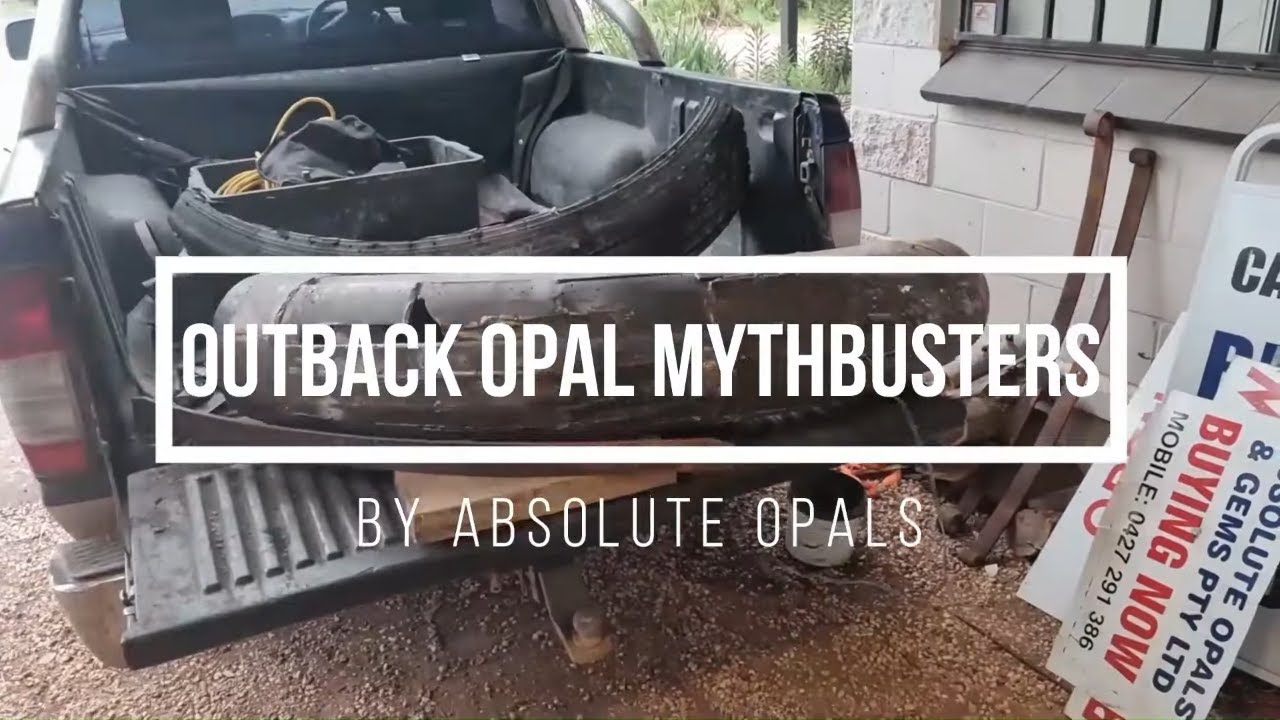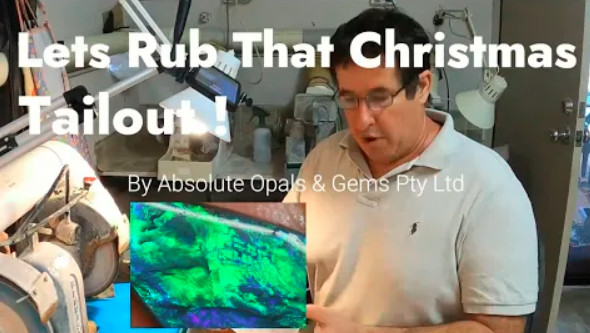Traditionally, for the last half of the 20th century, Lightning Ridge Opal Cutting has catered to the wants and needs of the Japanese market. That is: high dome oval cabochons with no inclusions. This meant a narrow field of what was desirable and a wide range of what was not desirable. This situation developed because Lightning Ridge produces the best quality opal and the Japanese demanded the best quality. It also meant that massive amounts of good opal were sacrificed in the cutting process to obtain this highly demanded “Domed Oval Cabochon”.
As much of the opal produced prior to the year 2000 was ”Nobby“ opal, the natural shape was often almost an oval cabochon to begin with and the cutting losses on average, were not too severe but, loses were definitely incurred.
All through the Nineties I observed the effect of this supply / demand process in Lightning Ridge and simultaneously wondered why the diversity of Queensland Boulder Opal cutting was quite widely acceptable and in some cases even more desirable, yet Lightning Ridge Opal had to comply with stiff rules of conformity.
At the beginning of 2000AD Nobby production of black opal was in serious decline and a new “seam” opal field was discovered at Grawin, (part of the Lightning Ridge Opal Reserve). Unlike the “Nobby” with its’ natural oval shape and often thick colour bars, the “seam” opal had more of a tendency to form with thinner colour bars and irregular shapes. I noticed these physical characteristics are more similar in form to the Queensland Boulder Opal and that trying to cut Oval Cabochons devoid of characteristic inclusions would often lead to tremendous loses of both colour and its beauty. This made me even more determined to incorporate boulder opal forms and cutting techniques to Black Opal Production.
These are the 3 Industry Accepted Black Opal Product Categories that my company developed and commercialised.
.Freeform Black Opal Carvings
.Black Opal Feature Stones
.Black Opal Specimens
I was definitely not the first to cut Lightning Ridge opal in this manner. I merely helped improve local cutting equipment and techniques then, proceeded to cut thousands of stones in each category. With a reasonable quantity of supply it was then possible to create a pricing structure of each new category. I then encouraged the entire market to accept them by engaging and supporting the existing marketing networks. This all took time and effort but, now everyone can benefit.
Thank you,


